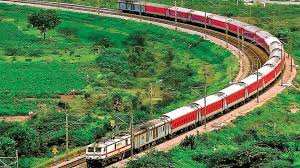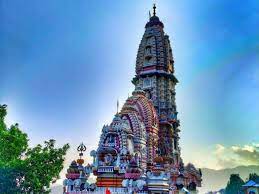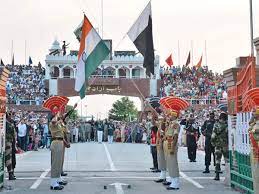A PEREGRINATE THROUGH AJANTA CAVES
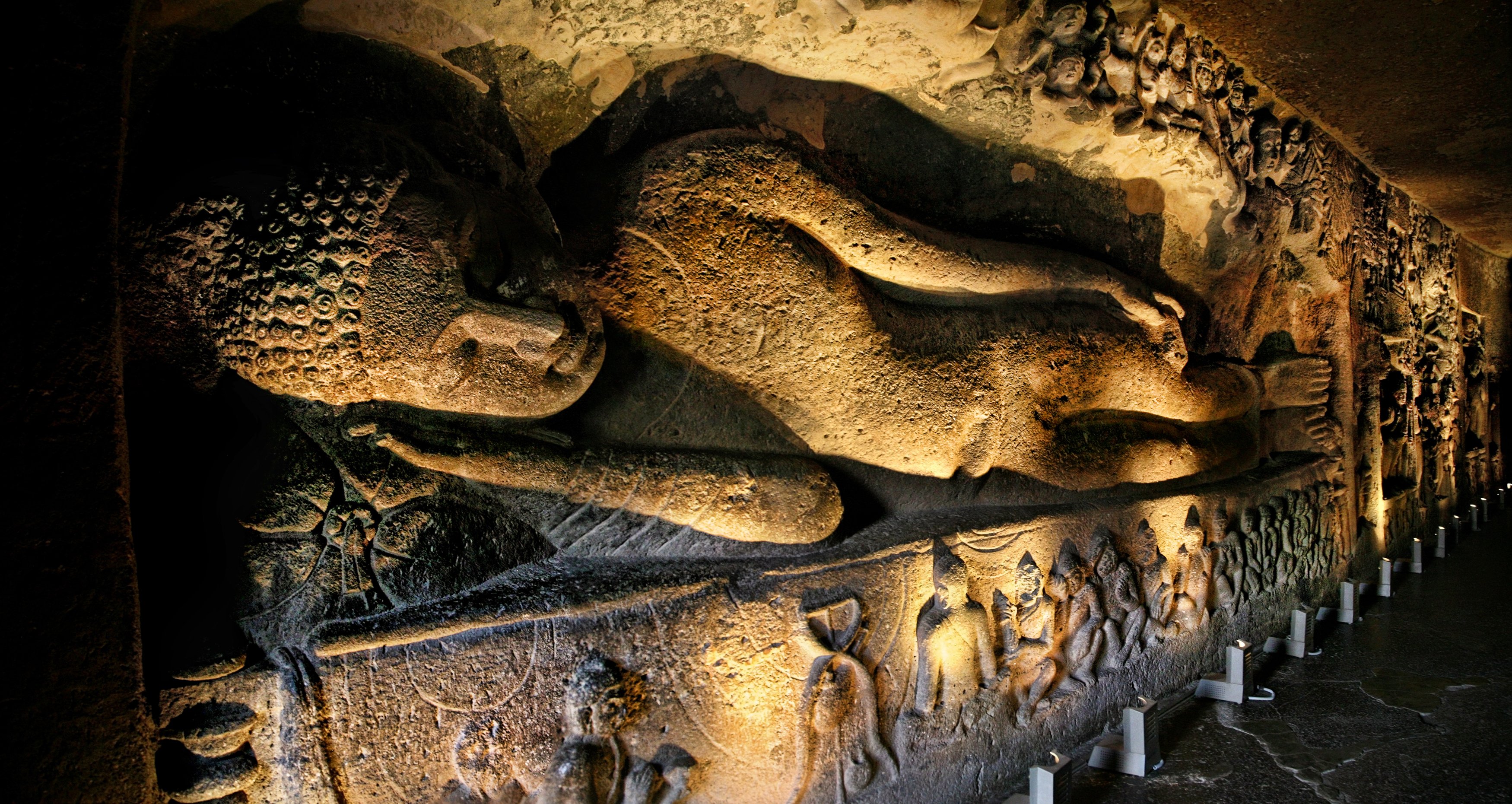
The
Ajanta Caves are located at a distance of about 105 kilometers from the city of
Aurangabad in the state of Maharashtra. Ajanta Caves is
of the most visited places in India and is much older than Ellora caves. Ajanta
Caves were carved out of a horseshoe-shaped rock outcrop which has 26 caves in
total. Situated on the banks of the Waghur River these caves are rock-cut
Buddhist monuments and have been declared a UNESCO World Heritage Site.
HISTORY OF AJANTA CAVES
The
Ajanta Caves are 30 rock-cut Buddhist cave monuments dating from the 2nd
century BCE to about 480 BCE. It is located near a village called Ajanta, in
the Aurangabad district of Maharashtra state, India. The Ajanta Caves are
mainly Buddhist caves, which contain artworks of Buddhism. These caves were
built in two phases. In the first phase, the Satavahanas and then the kings of
the Vakataka ruling dynasty got it built. The first phase of Ajanta caves was
built during the 2nd century AD and the second phase of Ajanta caves was built
in 460-480 AD. First phase caves 9, 10, 12, 13, and 15 A were built and then 20
cave temples were built in the second phase. The first phase was mistakenly
called Hinayana, it is related to the Hinayana school of Buddhism. Lord Buddha
has been addressed from the stupa in the excavations of this phase. The second
phase was excavated after about the 3rd century. This phase was called the
Mahayana phase. Many people also call this phase the Vatayak phase whose name
is derived from the name of Vakataka, the ruling dynasty of Vatsagulma.
The best samples of ancient painting and sculpture were found in these caves,
considered the best examples of Indian painting and sculpture. The Ajanta Caves
are Buddhist monasteries or stupas from the Buddhist era. This is the place
where Buddhist monks used to live and study and pray here. The Ajanta caves
were first discovered in the 19th century by a British officer in the year 1819
when he was hunting and saw a cave covered with bushes, leaves, and stones.
After this his soldiers made their way to go the cave then they found many
caves with old history there. After this, he gave this information to the
government. Since then, today the Ajanta caves are being excavated and studied.
After this, in 1983, these caves were declared a World Heritage Site. Presently
these wonderful caves are under the supervision of the Archaeological Survey of
India. Tourists from around the world, especially Buddhist followers, visit
this place to see Ajanta caves throughout the year. The life and teachings of Lord
Buddha are told through carvings and paintings on the walls and ceilings of the
Ajanta caves. There are a total of 30 caves in Ajanta which remind you of the
genius and past of the ancient people. These caves have a total of 24 Buddhist
Viharas and 5 Hindu temples out of which caves 1, 2, 4, 16, and 17 are the most
beautiful, and cave 26 houses the famous reconstructed image of Buddha.
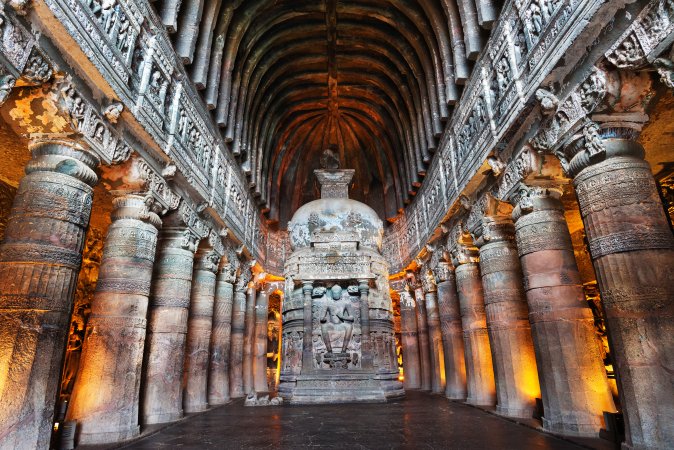
TIME AND TICKET PRICE TO VISIT AJANTA CAVES
If you are planning to visit Ajanta Caves and want to know what is the best time to visit here, then let’s tell you that these caves are open for tourists throughout the year, but every Monday of the month, it remains closed. Due to the good climate and cool weather from October to February, the presence of tourists here is much more than the rest of the year. The summer season is from March to June in which the daytime temperature exceeds 40°C. which lasts till the end of June to October monsoon season. Summer and rain are more here than winter, so the tourists coming here prefer to visit here from winter to autumn.
If you are going on a trip to Ajanta caves, then you can visit here from 09:00
am to 05:00 pm. To enter the Ajanta Caves, Indians will have to pay Rs 10 as an
entry fee, while foreigners will have to pay Rs 250. If you want to take your
video camera inside, then you will have to pay a charge of 25 rupees for this.
Entry here is free for children below 15 years of age.
You may like post

HIDDEN INDIAN SITES WORTHY OF UNESCO
Exploring India’s Sites That Should Be on the UNESCO World Heritage List

EMBARK ON A DIVINE JOURNEY TO ICONIC RAM TEMPLES THIS RAM NAVAMI
Exploring the Pilgrimage to Renowned Ram Temples in India During Ram Navami





